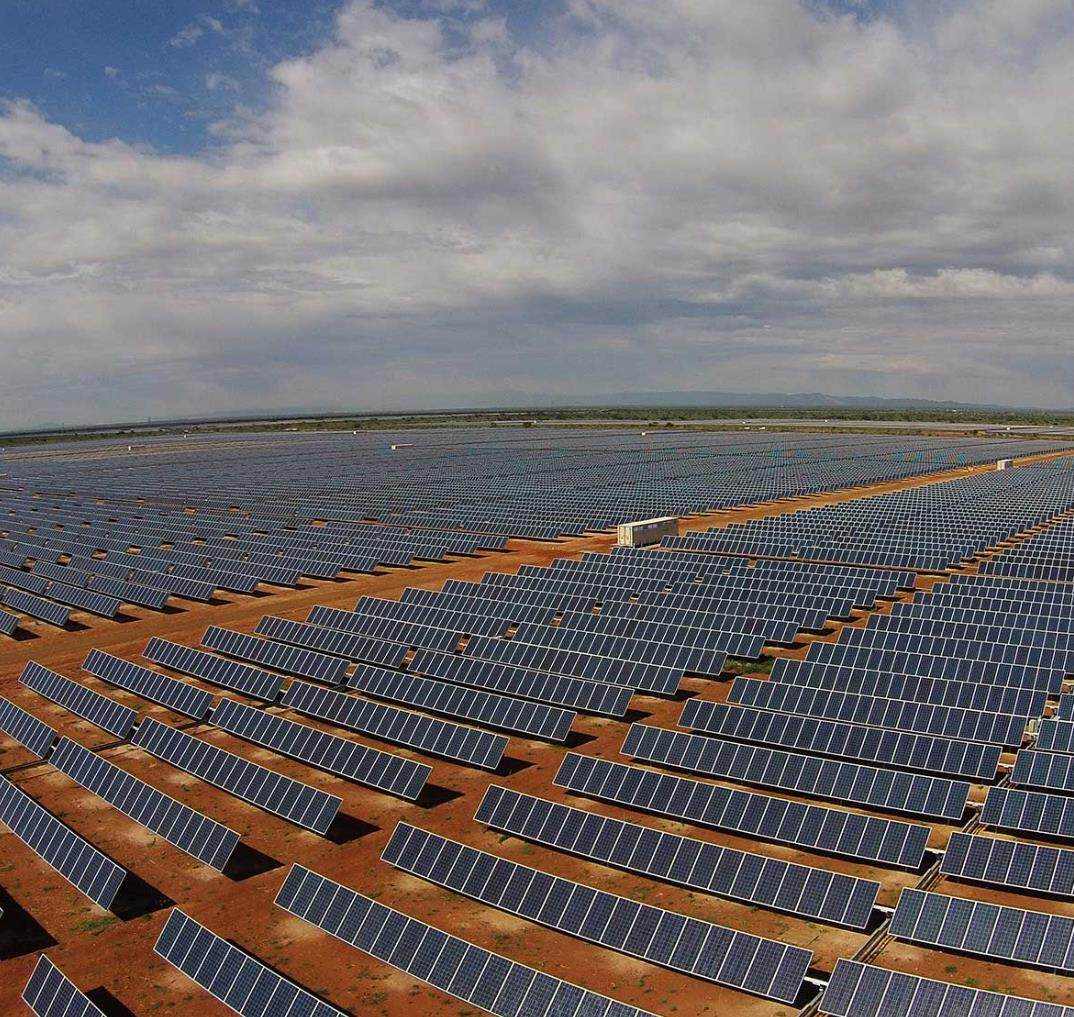- PIF's goal is to develop 70% of the Kingdom's renewable energy production capacity by 2030
- This project is part of Saudi Arabia's energy transformation strategy, showcasing the importance of sustainable energy development at the gigabit level in achieving the 2030 vision goals

Saudi Arabia has increased its efforts to build the world's largest solar project, and a consortium led by ACWA Power has completed financing for Al Shuaibah 1 and Al Shuaibah 2 through a combination of long-term debt and equity, with a total investment of $2.2 billion.

ACWA Power announced this through exchange documents and stated that the total financing includes 6.1 billion rials of senior debt, including a 1.7 billion rials loan provided by the National Development Fund on behalf of the National Infrastructure Fund.
In addition, a consortium of local, regional and international banks provided commercial loans of US $4.4 billion, including Saudi Franci Bank, Abu Dhabi First Bank and Mizuho Bank. Other banks in the consortium include Riyadh Bank, Saudi National Bank, Standard Chartered Bank, and Saudi Investment Bank.

In November, ACWA Power signed a power purchase agreement with the hydropower holding company to develop a Solar power station that can supply power to 350000 households. This 2060 megawatt solar photovoltaic power plant is expected to begin commercial operation in the fourth quarter of 2025. According to a statement to Tadawul, the consortium includes the public investment fund department Badeel and Saudi Arabian Oil Company, with ACWA Power holding a 35% stake.
The goal of PIF is to develop 70% of the Kingdom's renewable energy production capacity by 2030. In its evaluation of the project in February, the Economist Intelligence Unit stated that we expect investment in clean energy projects to increase, driven by high oil prices in 2023-24, as Saudi Arabia seeks to increase renewable energy production capacity by 15 gigawatts in 2022-23 to support the government's climate goals and economic diversification strategy.
The report adds that we expect Saudi Arabia to use its current oil windfall to accelerate its clean energy transformation in 2023-27, as the government's goal is to invest a total of 380 billion riyals in order to increase renewable energy to 50% of its power generation capacity (approximately 58.7 gigawatts) by 2030.Editor/XingWentao
Comment
 Praise
Praise
 Collect
Collect
 Comment
Comment
 Search
Search














Write something~